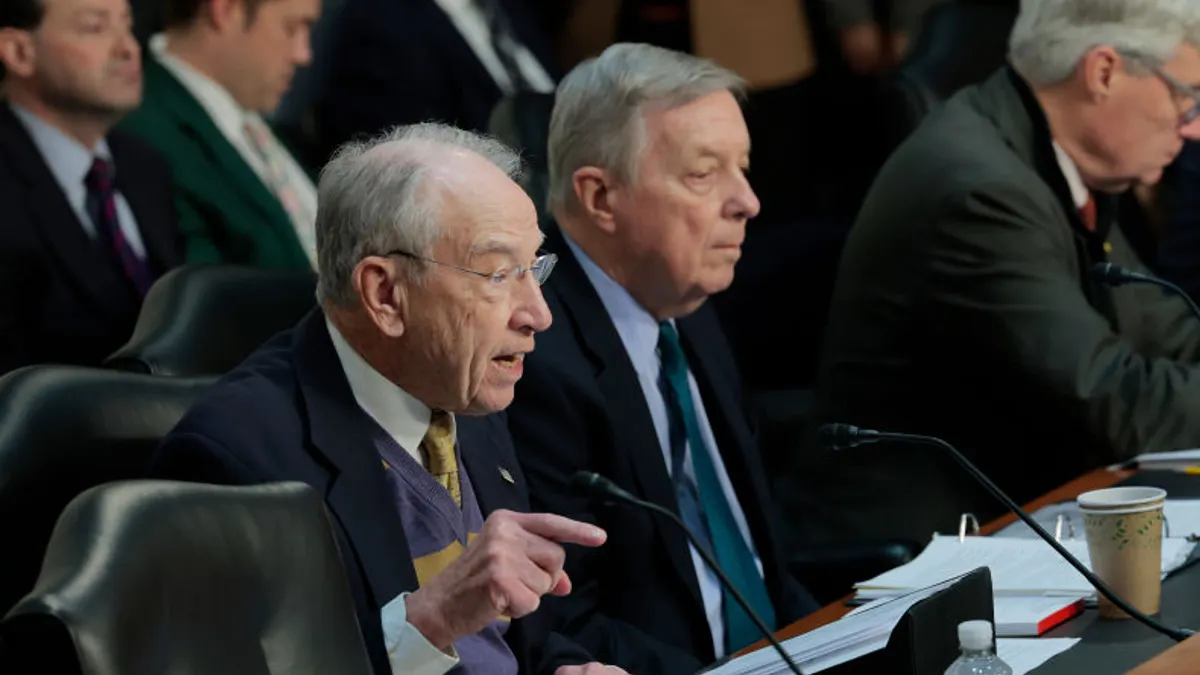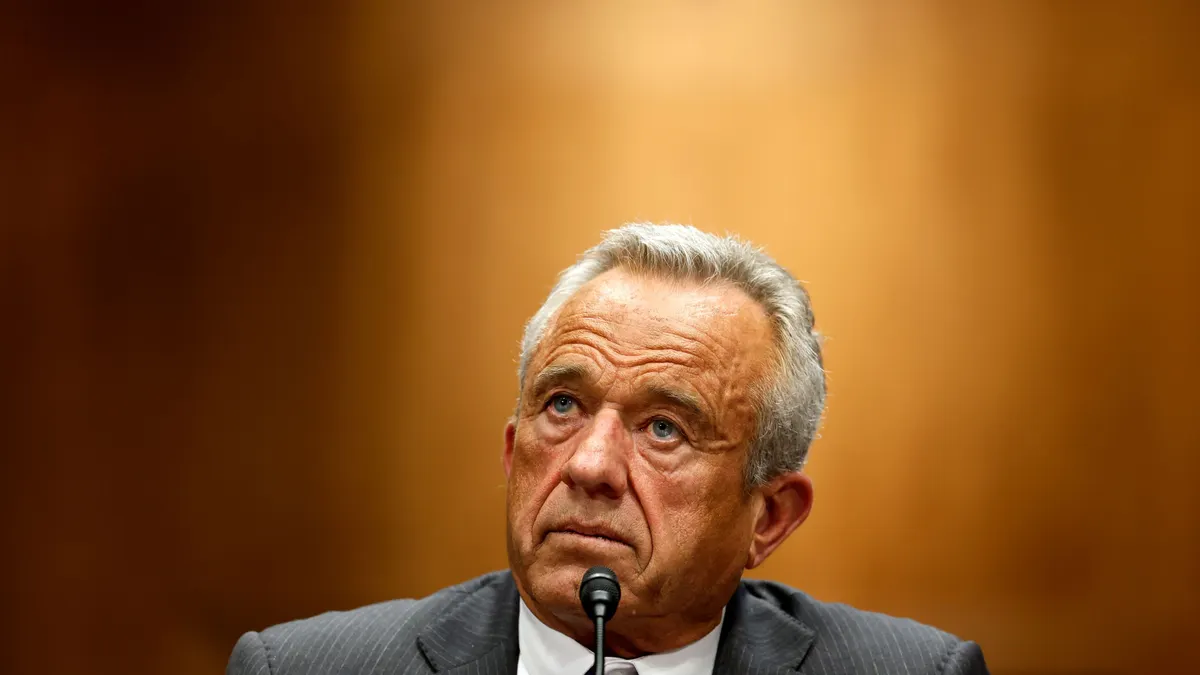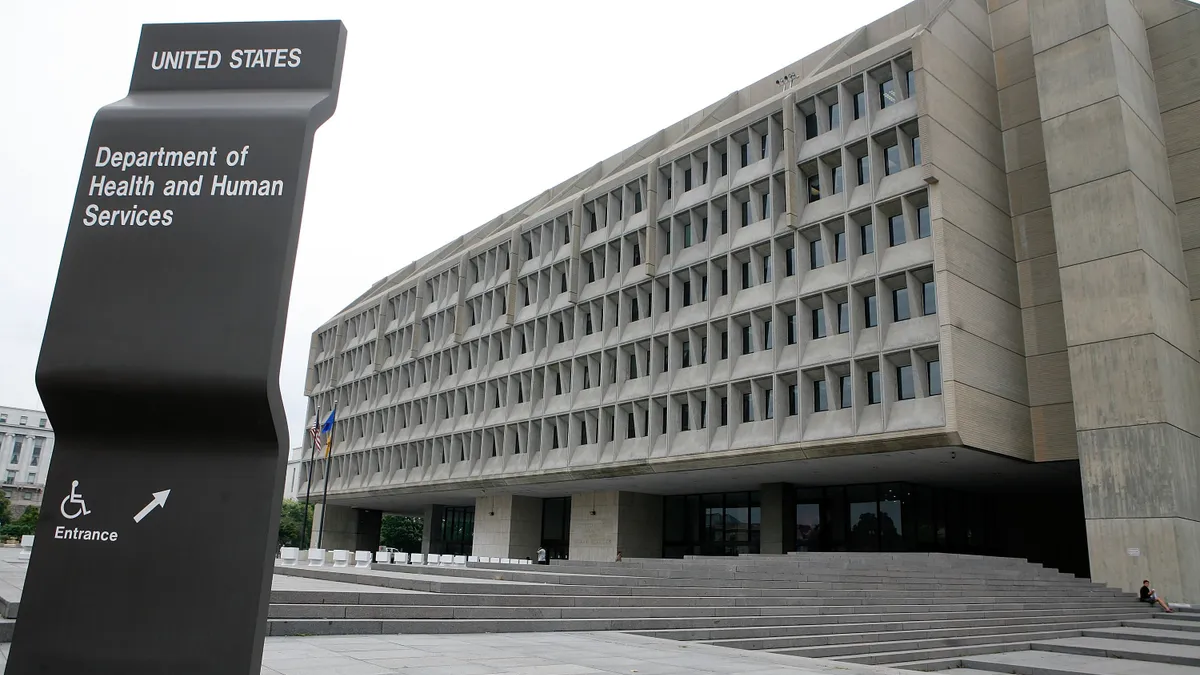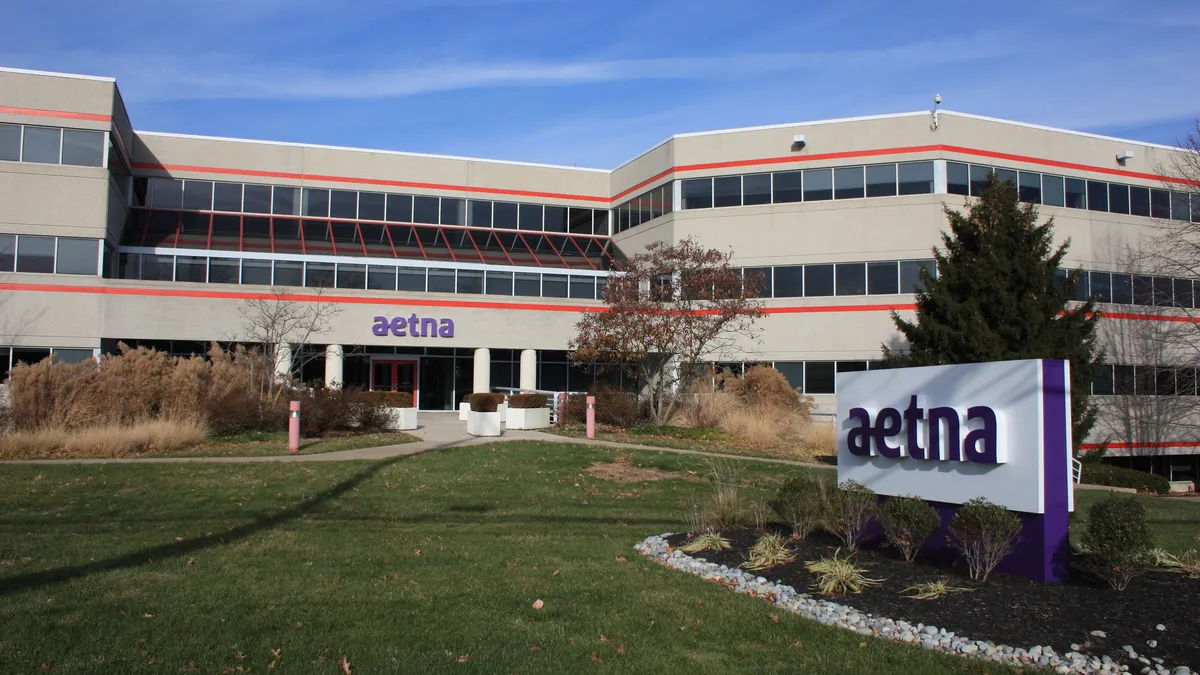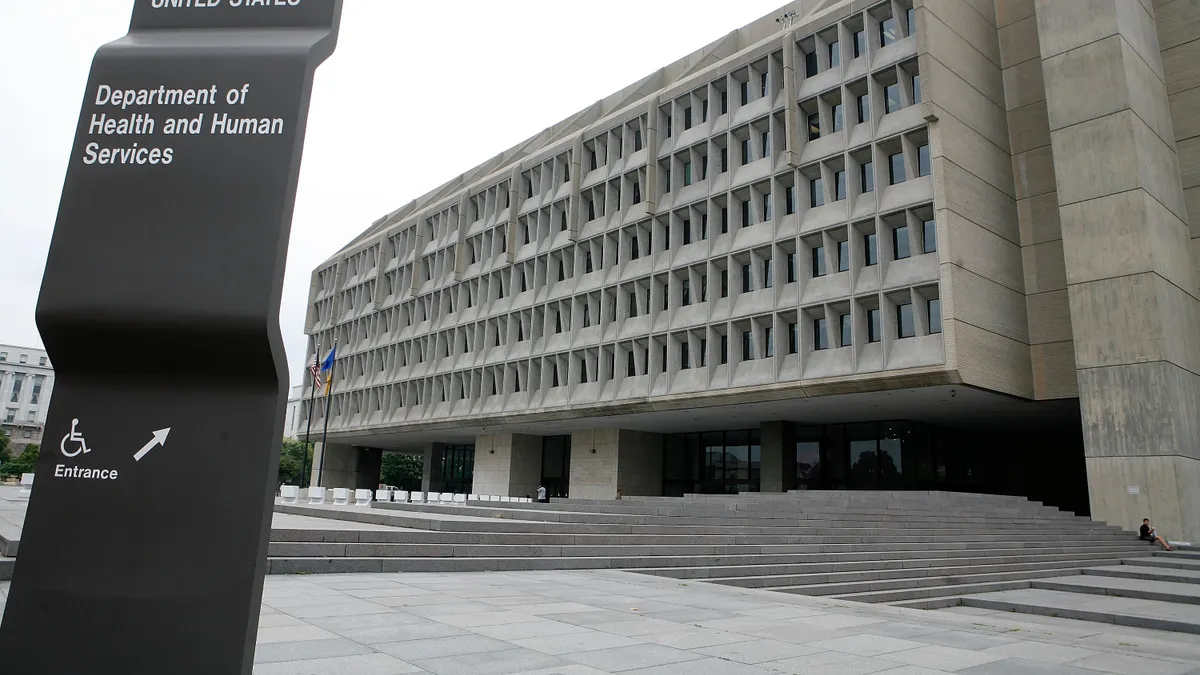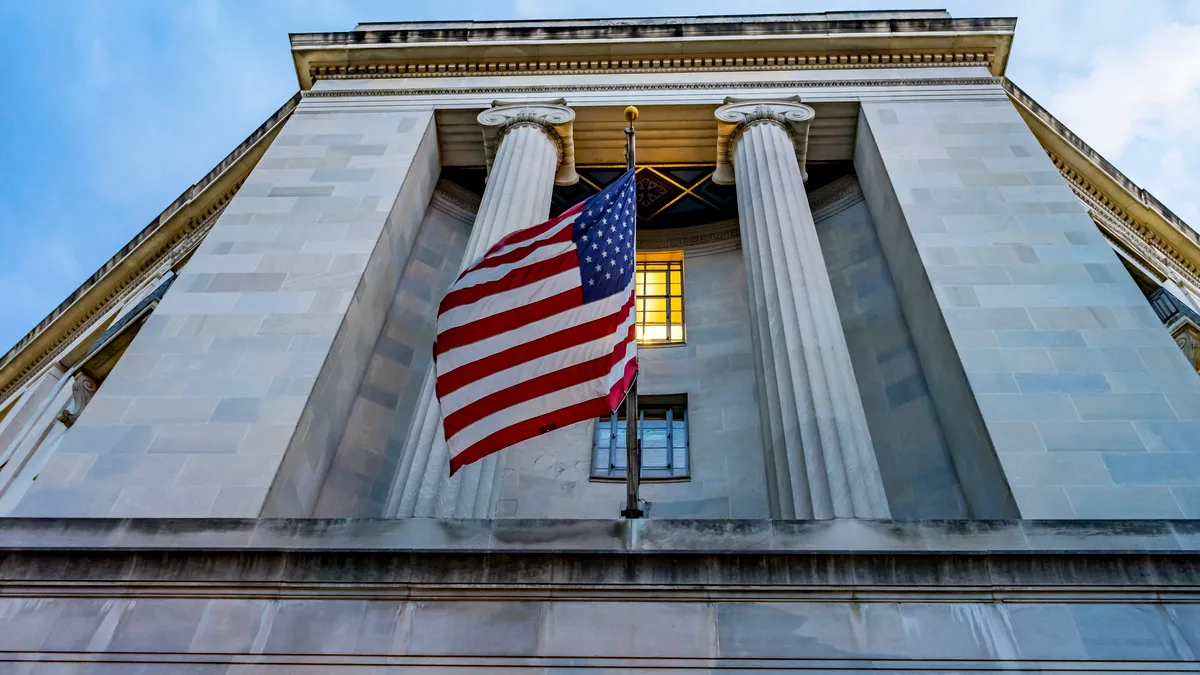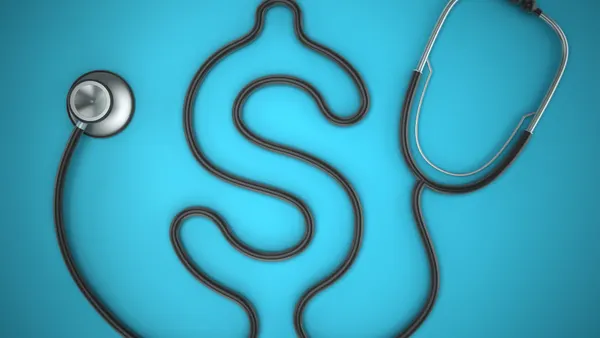Dive Brief:
- The process set up by the No Surprises Act to settle disputes between providers and insurers about out-of-network claims is generating billions of dollars in extra costs for the healthcare system — costs that could trickle down in the form of higher consumer premiums, according to a new analysis.
- Independent dispute resolution, or IDR, has created an estimated $5 billion in total costs between its inception in 2022 and the end of last year, according to the report published in Health Affairs on Monday. The high amount of claims, significant provider participation and lofty offer amounts are driving the spending, researchers found.
- The analysis raises questions for policymakers concerned about curbing healthcare costs. In particular, Washington should consider tackling the high volume of ineligible disputes clogging up the process — and scrutinize the role of private equity, given providers backed by the firms are responsible for an outsized portion of disputes, researchers said.
Dive Insight:
The No Surprises Act was passed in 2020 to hold consumers blameless for unexpected and unavoidable out-of-network bills. The law has largely been successful from a patient perspective, eliminating a large swath of balance bills and bringing down cost-sharing payments.
But No Surprises has also proved a significant headache for insurers, providers and regulators due to the dispute resolution process meant to help insurers and providers arrive at a fair payment for out-of-network claims.
If the parties can’t come to an agreement during a period of informal negotiation, both sides file what they believe a fair price would be for that medical service and a third-party arbiter certified by the government picks between the two offers.
The U.S. is now in the fourth year of that setup. It may be shielding patients from unexpected bills, but it’s also driving significant costs — an estimated $2 billion to $2.5 billion each year in extra administrative spending, fees and higher payments beyond in-network rates, according to the new analysis of federal data on IDR disputes.
IDR is generating significant spending
Snowballing spending is driven by a few trends. Providers and insurers are failing to resolve payment negotiations themselves, and instead submitting a significantly higher level of claims into IDR than regulators initially expected.
In rules establishing IDR, federal agencies estimated that the process would resolve some 17,300 disputes annually. But in the nine months after IDR began in 2022, roughly 190,000 disputes were filed — more than ten times the number regulators expected in a full year.
That pace hasn’t let up since, leaving regulators with a backlog of nearly 500,000 disputes as of May, according to the analysis.
Providers are filing the vast majority of IDR disputes. And those filers are dominated by just a few private equity-backed organizations, which should ring warning bells, researchers said. Radiology Partners and Team Health together accounted for 43% of all resolved claims in 2023 and 2024. Overall, the top five provider organizations were responsible for almost 60% of claims, according to the analysis.
The high volume of provider claims, coupled with the fact that providers win the vast majority of disputes and tend to be awarded substantial offer amounts, creates a significant source of higher IDR costs, researchers said.
In the fourth quarter of 2024, in disputes where the provider won, the median payment award was more than four times the qualifying payment amount, a metric representing what a plan would pay in-network for a service in a given geographic area, according to the analysis.
Providers say that this skewed track record shows that plan offers, which generally hew closely to the qualifying payment amount, are unfairly low. However, insurers counter that a few bad actors are taking advantage of the IDR process to inflate their reimbursement and profit from remaining out of network.
All told, the Congressional Budget Office originally assumed that IDR awards would be modest and that the process would contribute to lower premiums by creating downward pressure on negotiations between insurers and providers.
But “IDR outcomes to date may be reversing that expectation,” Jack Hoadley and Kennah Watts, researchers at Georgetown University’s Center on Health Insurance Reforms and authors of the report, wrote.
Hoadley and Watts suggested that the situation could worsen without action to curb IDR, which could actually end up increasing premiums.
“As dispute volume grows, so will costs,” they wrote. “Over time, future network contract negotiations could reflect the higher amounts awarded through IDR.”
Still, lawmakers and regulators have a number of policy levers they can turn to in order to prevent that outcome, according to Hoadley and Watts. That includes cracking down on the submission of ineligible disputes, like changing the IDR portal to help filter out those cases.
Policymakers could also more closely track open negotiations between payers and providers before they enter IDR to try and get a better sense of why cases are not being settled in the informal discussions. They could also prioritize creating more transparency and consistency among IDR entities to try and curb sky-high payments to providers — and scrutinize why such a large volume of disputes are coming from provider groups backed by private equity firms, Hoadley and Watts said.
The latter concern is already a source of lawsuits from insurers. This spring, Elevance sued two Georgia providers and their billing company HaloMd for allegedly flooding the arbitration process with thousands of ineligible disputes in order to profit.
It’s one in a slew of lawsuits over the last few years filed over No Surprises — many from provider associations trying to influence what factors arbiters are allowed to consider in deciding on a fair payment amount.
The lawsuits have been generally successful for the providers, revamping the dispute resolution process and contributing to the current backlog in disputes as the HHS had to pause and restart IDR multiple times to comply with court rulings.





